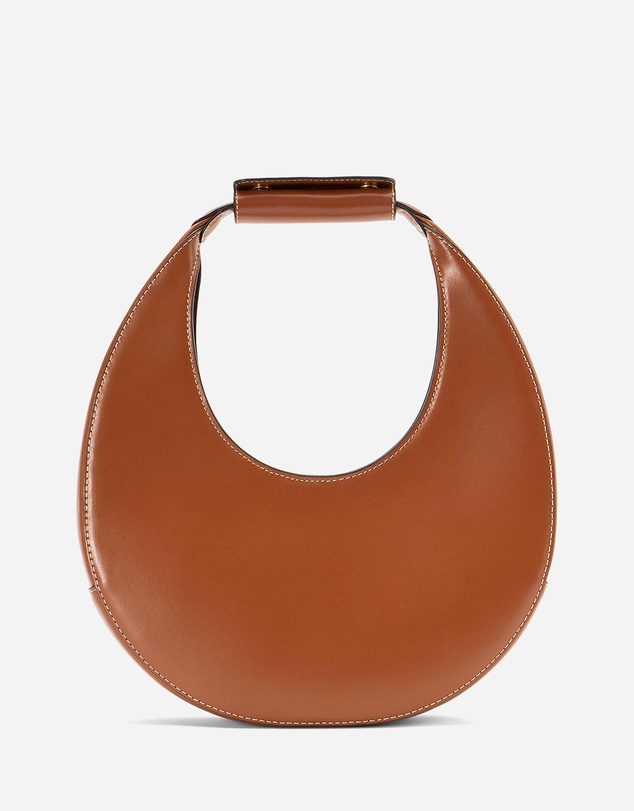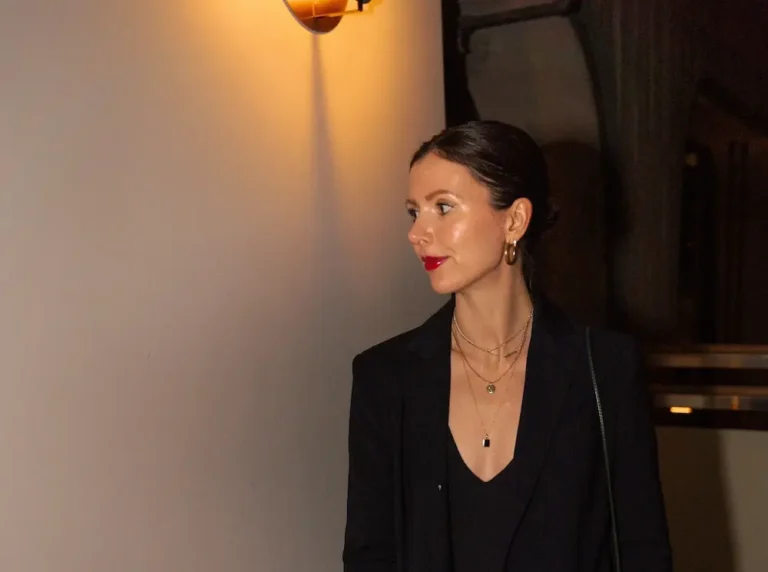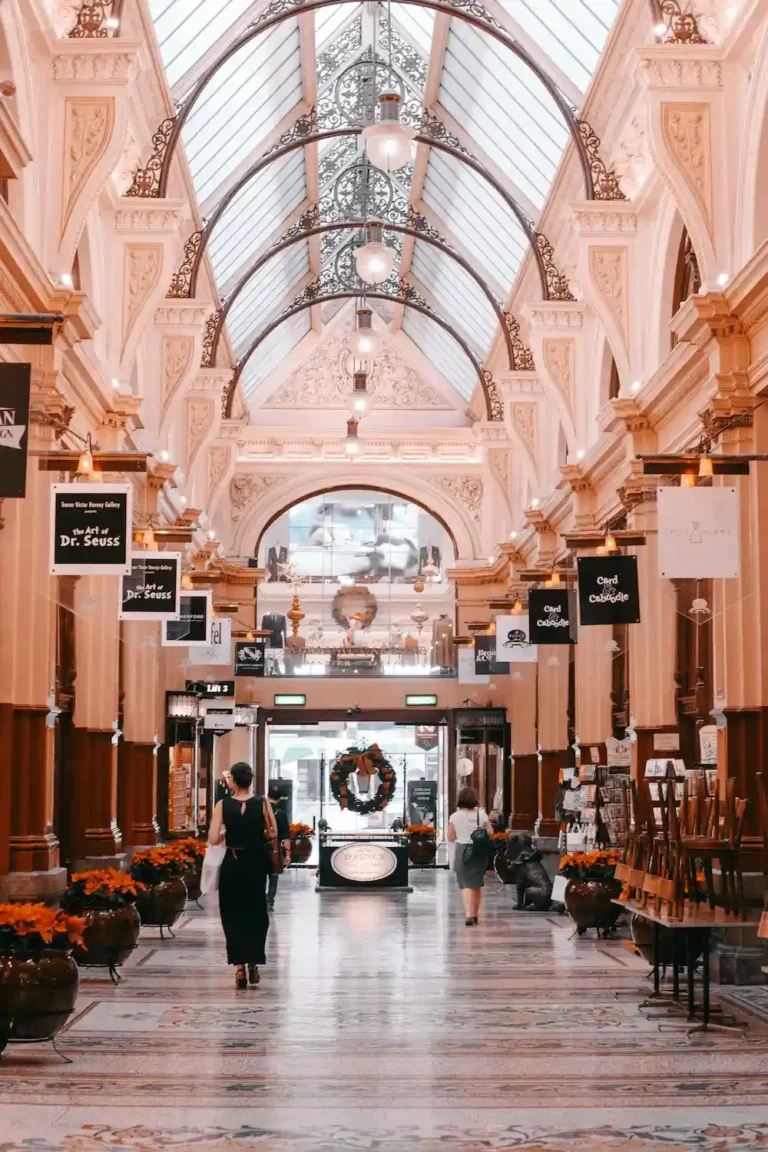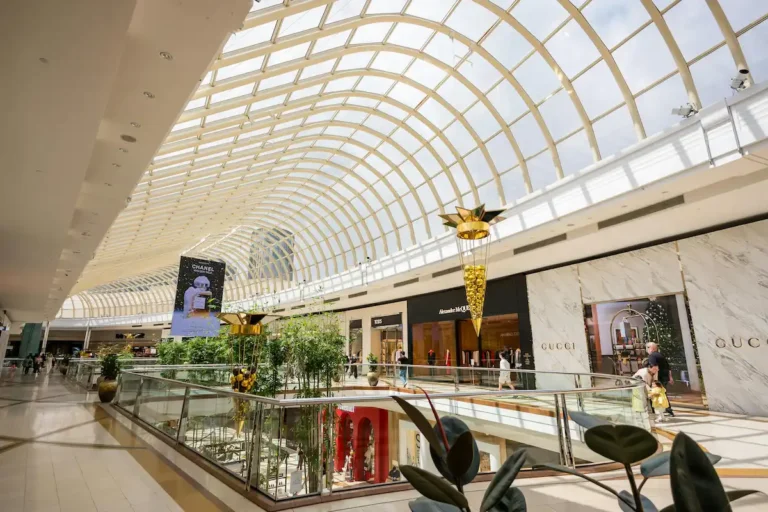How to Choose the Perfect Handbag — Style, Quality & Everyday Function
In this guide, we break down what really matters when choosing a handbag — from materials and structure to practicality and personal style. You’ll find a smart checklist to help narrow your search, common pitfalls to avoid, and a curated edit of timeless pieces worth investing in. No hype, no pressure — just thoughtful advice to help you choose well and buy less.
Quick Links: Navigate the Guide
- Introduction: Does Your Handbag Matter?
- Materials Matter: What to Look For
- Structure & Size: Balancing Form with Function
- The Practical Checklist: What to Ask Before You Buy
- Top 7 Mistakes to Avoid When Buying a Handbag
- Shop the Edit: Timeless Styles to Consider
Does Your Handbag Matter?
Let’s be honest — it’s just a handbag. But it’s also the one item you’ll likely reach for every day, whether you’re heading to work, out for coffee, or dressing up for dinner. And that kind of daily wear makes it worth a little bit of consideration. Choosing one that’s built to last doesn’t just make practical sense — it also helps reduce the cycle of fast fashion and the amount of waste that ends up in landfill. A well-made bag means you can hold out longer between purchases, investing intentionally, with no regrets!
The perfect handbag doesn’t need to shout – although it can if you want it to. The non-negotiables are that it should be well made, versatile enough to work with multiple outfit styles, and functional enough to actually use. When you find one that combines quality, comfort, and a look you love? That’s where you can find the balance between style and durability – making it worth the investment.
In this guide, we’ll walk through what really matters when investing in a handbag — from materials and structure to style and value. No trends, no pressure — just practical advice to help you choose a bag that you love.
Materials Matter: Why Leather Remains the Gold Standard
The choice of material is the first true indicator of a handbag’s quality — and its potential for longevity. Genuine leather remains the gold standard for a reason: it ages beautifully, developing a unique patina. But not all leather is created equal. Full-grain leather offers the best durability and natural texture, while top-grain is slightly more processed but still holds up well.
If you prefer something lighter or more sustainable, high-quality canvas and technical fabrics have come a long way, blending resilience with style. The key is to look for tight weaves, strong hardware, and thoughtful construction. Avoid flimsy materials that might wear or sag after just a few uses.
Don’t underestimate the lining either. A well-made bag has a sturdy, clean interior that can withstand daily use without tearing or staining.
Structure and Size — Balancing Form with Function
Choosing the right handbag means considering how it fits into your daily life. Do you carry just the essentials — your phone, wallet, keys — or do you need extra room for a tablet, notebook, or even a light sweater?
Structured bags offer a polished, refined silhouette, perfect for settings where a more tailored look is desired. Conversely, softer, slouchy designs provide a relaxed feel and mold comfortably to your body, ideal for everyday wear.
Size matters just as much as shape. A bag that’s too small can quickly become frustrating, while one that’s too large may feel cumbersome and heavy. The ideal handbag strikes a balance — spacious enough to meet your needs without sacrificing style or ease of use.
The Practical Checklist: Questions to Ask Before You Buy
Before falling for a handbag on aesthetics alone, take a moment to consider how it will actually work for you. These questions help narrow the field and steer you toward a purchase that’s not just beautiful, but genuinely useful.
- What will I use it for most?
Work, weekends, evenings out — identifying its primary purpose helps define everything else. - What size do I realistically need?
Think about what it needs to hold on a typical day. Does it need to fit a laptop, book, or water bottle — or just the essentials? - Do I want compartments or a minimalist interior?
Multiple pockets and divided sections can keep things organised, while a single open space offers more flexibility. - Which colour works best with my wardrobe?
Neutrals like black, taupe, or tan go with almost everything, while a bold hue can lift simpler outfits. - What material suits my lifestyle?
Leather is classic and durable. Canvas or technical fabrics might suit more casual or weather-prone environments. - How do I want it to feel when worn?
Try it on. Is it comfortable on your shoulder? Does it feel too heavy even when empty? - Is the hardware practical and sturdy?
Zips, clasps and handles should feel solid — these details often determine a bag’s longevity. - What kind of strap design works for me?
Adjustable straps offer flexibility for crossbody or shoulder wear, while wider straps often distribute weight more comfortably. Double handles can add polish but may not be practical for long wear. - Does it need to transition between settings?
If you need something that moves from day to night, look for versatile silhouettes and removable straps. - What aesthetic feels most like me?
Do you lean minimalist, bohemian, structured and classic, or are you drawn to Y2K curves and high-gloss hardware? Knowing your style helps you choose a bag that feels intentional — and won’t end up collecting dust.
Top 7 Mistakes to Avoid When Buying a Handbag
While it’s easy to fall in love at first sight with a stunning new design, not every handbag choice stands the test of time. Here are the most common missteps — and how to avoid them.
- Splurging on occasion bags and saving on everyday ones
It’s tempting to spend big on a standout piece for special events, but the bag you carry daily deserves the investment. A well-made, versatile everyday bag will pay you back in wear, while an ornate evening clutch might gather dust.
Instead, consider tapping into secondhand markets, rental platforms, or even borrowing from a stylish friend for those one-off occasions like weddings or galas. These options allow you to enjoy a statement piece without the long-term commitment — or the price tag — while keeping your main budget focused on what you’ll actually use every day.
- Ignoring lifestyle needs
A structured mini bag might be beautiful, but if it doesn’t hold what you need or suit how you move through the day, it’ll live in your closet. Be honest about what your daily routine actually demands. - Choosing trend over longevity
Of-the-moment shapes and embellishments can be fun, but they tend to age quickly. If you’re investing, aim for subtle style that won’t feel dated next season.
Again, consider thrifting, rental services, or vintage shops for trend-led statement looks — especially the ones you might be over by next season.
- Overlooking comfort
A bag that looks great but digs into your shoulder or weighs a ton when full won’t be worth the pain. If you can, try it on! Test straps, closures, and structure to make sure it’s something you’ll enjoy using. If not, search the net for genuine reviews from real users. - Underestimating material quality
The right fabric or leather makes all the difference. Low-quality materials not only wear out faster but can cheapen the overall look of an otherwise strong design. However, fabric technology has come a long way — and today, there are high-quality vegan leathers and innovative synthetics that offer durability, structure, and a polished finish without compromising on ethics or aesthetics. It’s all about knowing what to look for and avoiding anything that feels flimsy or overly plastic. - Skimping on colour versatility
A bold colour might be love at first sight, but will it work with your wardrobe? A red bag, for example, can absolutely be a staple — but only if you have pieces you feel confident pairing it with. Black, white, and neutrals love a pop of colour, and you shouldn’t be afraid to embrace it. That said, be honest with yourself: is this a statement you’ll actually wear, or an impulse buy you’ll regret? Longevity comes from knowing your style — not just chasing the thrill. - Missing the fine details
Flimsy zippers, poor craftsmanship, loose stitching, awkward lining — indicate the quality of the craftsmanship and materials used. A broken zip or degraded stitching can cut a bag’s lifespan short. Always check the finish and functionality before you commit.
Shop the Edit
And now, without further ado — a curated selection of styles worth considering to enhance your wardrobe.






